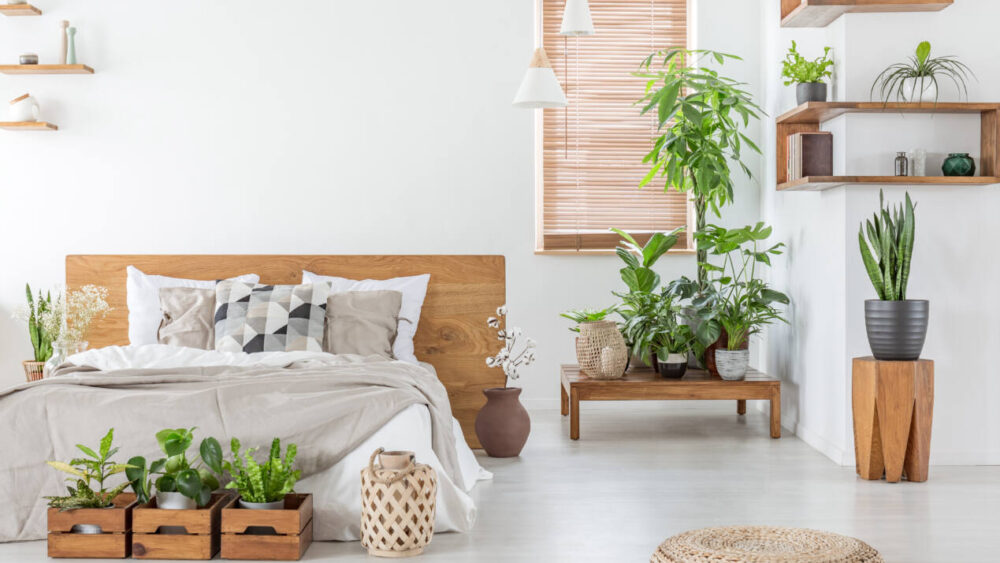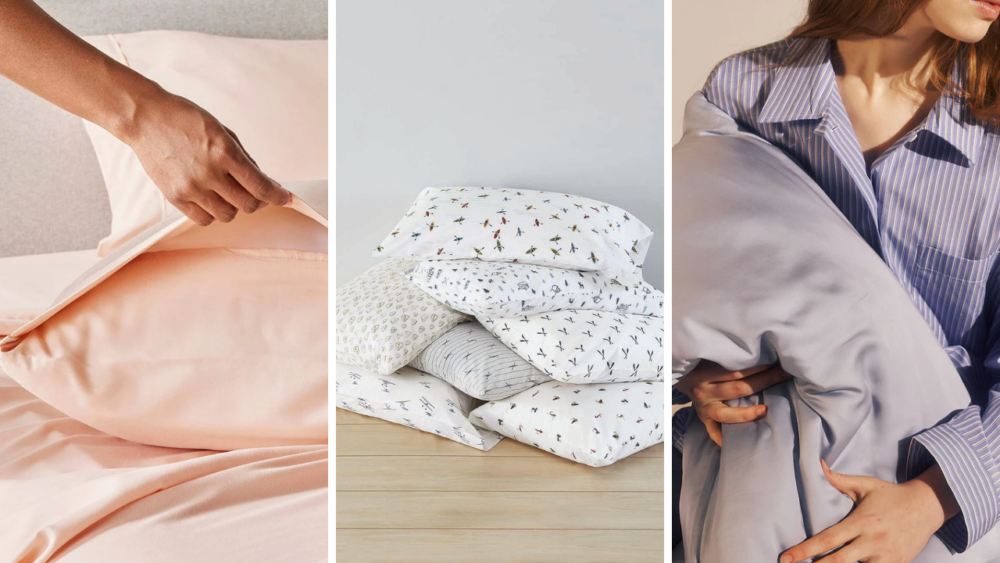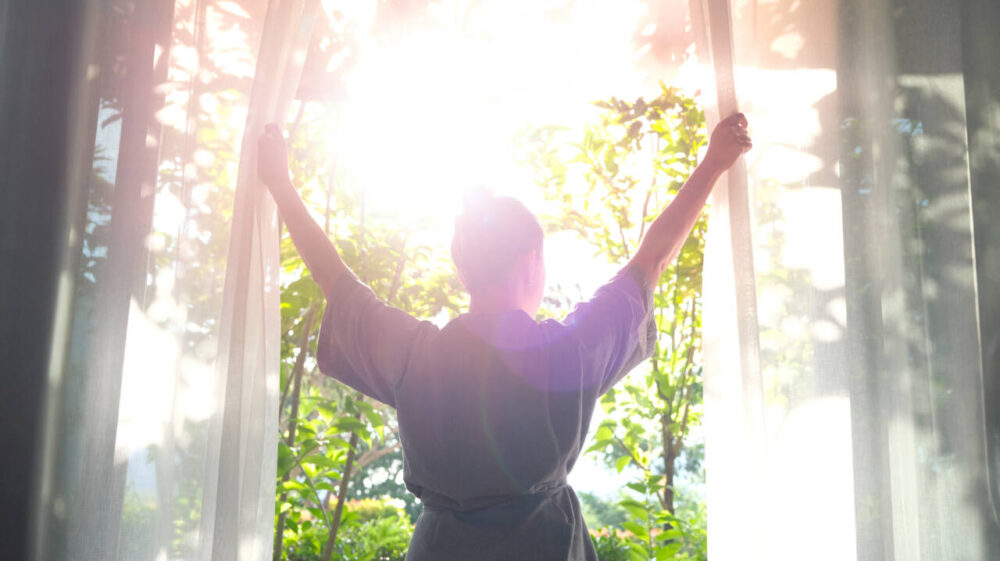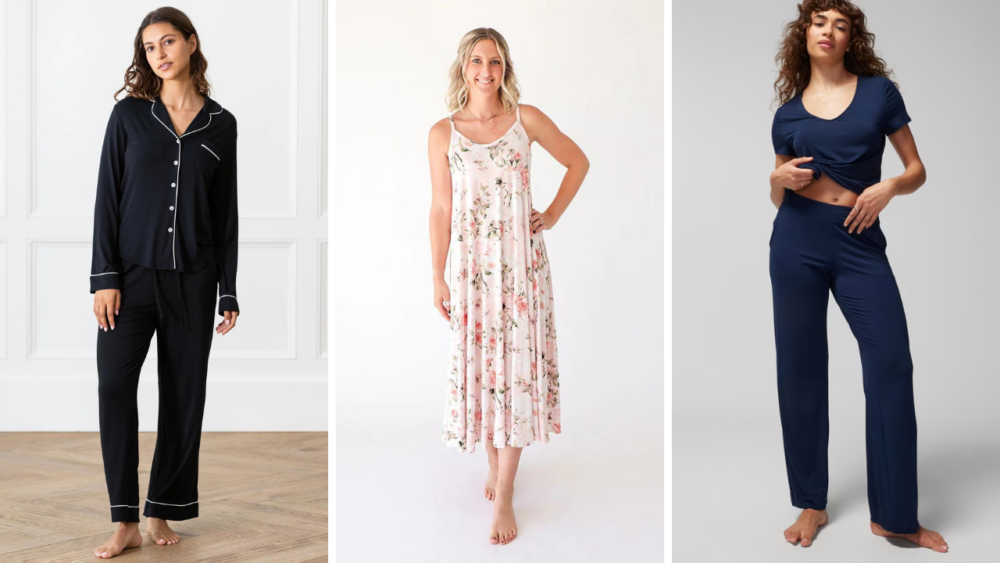Simulation shows the startling effects that lack of sleep has on driving
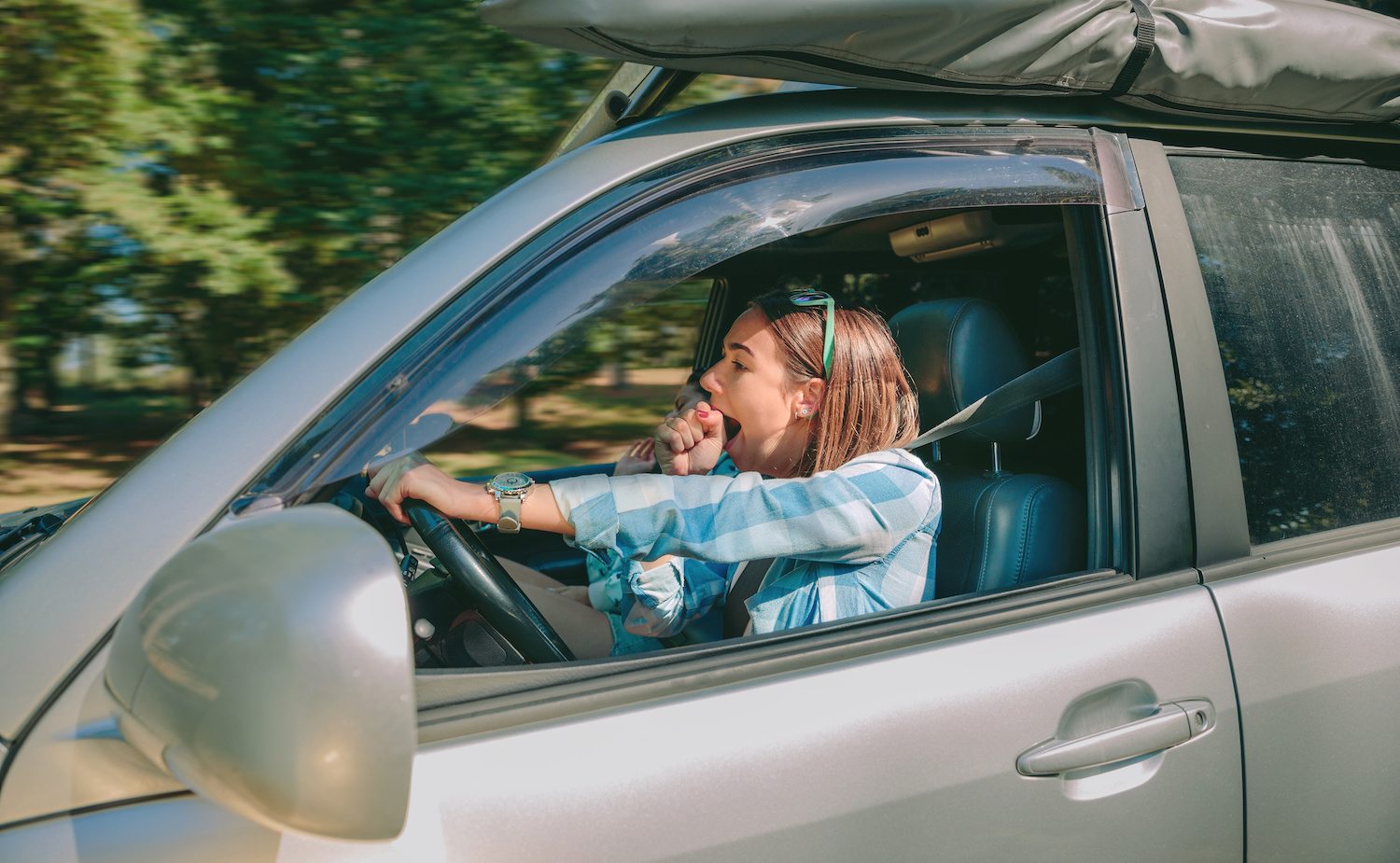
Everyone knows the dangers of driving under the influence of drugs or alcohol. It’s illegal and the consequences can be deadly. But what about driving when you are really tired? A frightening new simulation shows just how treacherous drowsy driving really is.
One reporter completed an experiment to show the effects of sleepless nights on driving firsthand, and what he felt and found is pretty shocking. ABC’s Gio Benitez participated in a safe driving experiment after staying awake all night.
Crash Course
Benitez got a total of about two hours of broken sleep overnight, so he was awake for most of the 29 hours before his driving simulation. Joining him at the simulator at the Classic Car Club of Manhattan were experts from the Mount Sinai Integrative Sleep Center in New York City. They tracked and analyzed his performance and reactions via a brainwave monitor during his time behind the wheel.
He got off to a smooth start in the simulator, but it was short-lived. After only six minutes, Benitez started crashing and continued crashing his way through the course.
In fact, he crashed or spun out of control approximately once every minute. Incredibly, that’s only after 15 minutes of driving in the simulator, a much shorter drive than the average commute. At the 30 minute mark, he stopped all together. Yikes!
Mini Naps
While Benitez didn’t officially fall asleep behind the wheel, his attention was not glued on his driving. The scientists noted periods of increased drowsiness and what they describe as “microsleep,” which is when the brain goes offline, so to speak, for up to three seconds. Though Benitez appeared awake with his eyes open, his brain was essentially sleeping for a moment—and that’s why he experienced multiple crashes and difficulty controlling the vehicle.
According to the National Highway Traffic Safety Administration, lack of sleep impairs your cognition and performance, impacts motor vehicle crashes, leads workplace accidents, and has additional health consequences.
Still, you may think losing an hour or two here and there isn’t so bad. According to a 2003 study in the journal Sleep, a cumulative lack of sleep can be just as detrimental to health and performance as a sleepless night. Participants in the study endured reduced sleep for two weeks, restricted to four, six, or eight hours per night. Researchers monitored their cognitive performance as well as their reaction time when not asleep. The shocking finding was the six-hour group thought they were fine. However, they were functioning at the same level as people who hadn’t slept in two days.
If that’s not startling enough, consider more tragic statistics. According to the NHTSA, nearly 800 people died in car crashes resulting from sleepy driving in 2017. Determining the exact numbers for sleep-related crashes is difficult, so these statistics are likely underestimating the real impact.
Safety Innovation
So, what can you do to protect yourself from the dangers of drowsy driving and other sleepy drivers behind the wheel? Besides getting consistent restful sleep, there are safer cars on the market now designed to keep your eyes on the road and away from distractions.
For example, new models of Subaru cars include a feature called DriverFocus, where the vehicle uses facial recognition technology to track the driver’s face and gaze. Then it sends an audible alert if the driver takes her eyes off the road for an extended period of time.
It might not seem like a big difference, but even a split second can be enough time to notice and avoid a hazard.
While a safety feature like this can potentially cut back on drowsy driving and distracted driving, nothing quite compares to consistent sleep and full alertness on and off the road. So think twice before hopping in the car if you haven’t logged enough shuteye.



